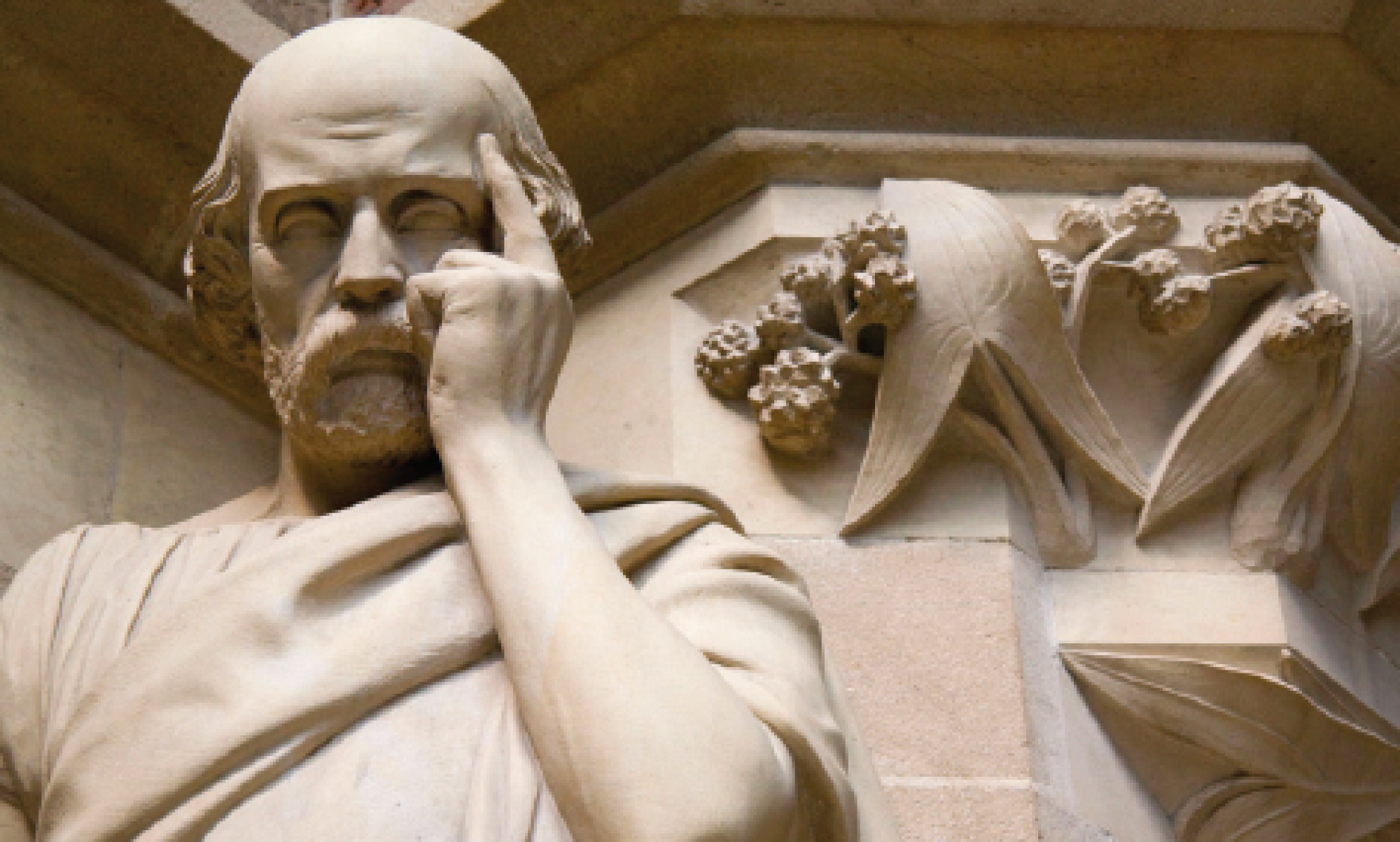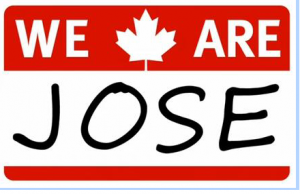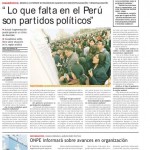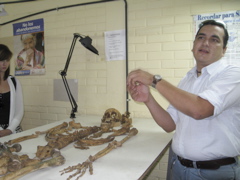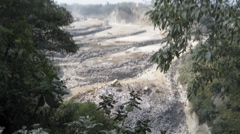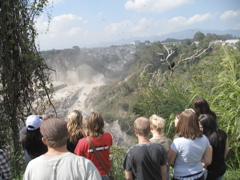I was asked to comment on the situation in Bolivia while in La Paz last week. The gist of the interview is that Bolivia is not sliding toward competitive authoritarianism, but it must institutionalize the democratizing political changes that have been introduced in recent years or risk losing them. See below, for those who speak Spanish.
The interview was conducted by Pedro Peralta.
Cameron: “Puede que en Bolivia hayan abusos de poder, pero no autoritarismo”
Pagina Siete, February 20, 2011.
¿Cuál es la lectura que hace del proceso político boliviano ?
Bolivia pasa por un proceso muy profundo de democratización, que implica una serie de cambios políticos, sociales y culturales. Superó una etapa de gran crisis.
El Gobierno del MAS heredó una situación muy complicada y afortunadamente logró dar cierta dirección a los procesos políticos. El principal logro es la Constitución, que sin duda cambia el escenario político en muchas maneras. Obviamente habrá que ver cómo se implementa.
Un proceso de cambios profundos tiene que pasar por un proceso de institucionalización. Ése creo que es el reto principal: cómo institucionalizar los cambios de tal manera que Bolivia salga de ese proceso con un sistema político democrático y participativo.
¿Hasta qué punto es ideal para la democracia la hegemonía que ha logrado el MAS?
La hegemonía nunca es ideal para la democracia porque hablamos de un sistema en el que el pueblo manda. En cualquier sistema democrático deben existir garantías para las minorías.
Cualquier proceso de hegemonización del poder puede erosionar la vitalidad de la vida democrática. Más bien, lo que me llama la atención es que si bien el MAS es el actor político más importante de lejos, a su interior hay muchas tendencias, y en el país hay procesos de cambio a nivel subnacional, hay movimientos de poblaciones indígenas. No todos van a estar de acuerdo con el Gobierno y eso es bueno.
¿Qué es lo que se tiene que hacer ante esta situación?
Un elemento importante en la situación de Bolivia es que en 2005 se cayó el sistema de partidos. Es muy importante construir un sistema de partidos y ahí está la gran obligación de quienes no están de acuerdo con el MAS, de construir partidos alternativos democráticos que se muevan dentro de las reglas del juego, no para ir contra al adversario, porque la competencia democrática no es acabar con el otro, sino para abrir espacios de negociación y de diálogo.
¿La hegemonía del MAS se consolidará o los sectores opositores la remontarán?
Podríamos imaginar varios escenarios: 1) que se mantenga el statu quo, que es poco probable porque los actores políticos ven en esta coyuntura un momento de desequilibrio, 2) que se consolide un sistema democrático de más participación dentro del orden constitucional, respetado por el Gobierno como por la oposición. Esto es lo más deseable, 3) que –como varios analistas de fuera consideran- Bolivia, al igual que Venezuela, estaría rumbo a un sistema autoritario competitivo. Yo no creo que ése sea el caso de Bolivia. 4) que es el colapso del régimen democrático por golpe o algo así, que es poco probable. Yo soy optimista. Creo que es más probable que se irá consolidando un orden constitucional más participativo. No digo que esto va ocurrir con toda garantía, pero es muy posible.
¿El autoritarismo es un riesgo latente?
No veo al autoritarismo como un gran peligro. Puede que haya abusos de poder. Efectivamente, un líder puede actuar de una manera autoritaria, pero no creo que Bolivia avance a un régimen autoritario. El mayor riesgo es no poder institucionalizar los cambios que se ha iniciado.
No se debe perder la oportunidad de hacer en Bolivia algo que no ocurrió en otros países de América Latina: lograr la síntesis entre distintas culturas para crear un sistema político que permita la coexistencia de las instituciones liberales y republicanas con procesos de descentralización, de participaron en la política de campesinos e indígenas, y de todos los ciudadanos. Para lograrlo, se debe institucionalizar los cambios.
¿El giro a la izquierda en varios países de la región se va a consolidar o habrá un retroceso?
No hay razón para pensar que este giro a la izquierda es permanente. Puede ser reversible. Pero eso depende mucho del empeño de los gobiernos. Hay que recocer que son muchas izquierdas, no una sola. Una cosa es Chávez y otra cosa es Lula, otra cosa Evo, otra cosa es Daniel Ortega.
Creo que el modelo más atractivo -y quizá el más duradero en continuidad en el poder como de los logros- para las izquierdas de América es el de Lula en Brasil, donde se alcanzó importantes logros en el campo social: mantener el orden macroeconómico estable, gobernar estrictamente con la Constitución y democráticamente, y con mucha participación.
Muchas veces me siento frustrado con la idea de que las alternativas son Chile o Venezuela. No es así. El gran modelo para la izquierda latinoamericana hoy en día es Brasil. Creo que Bolivia también es otro modelo, más propio en una sociedad muy particular.
